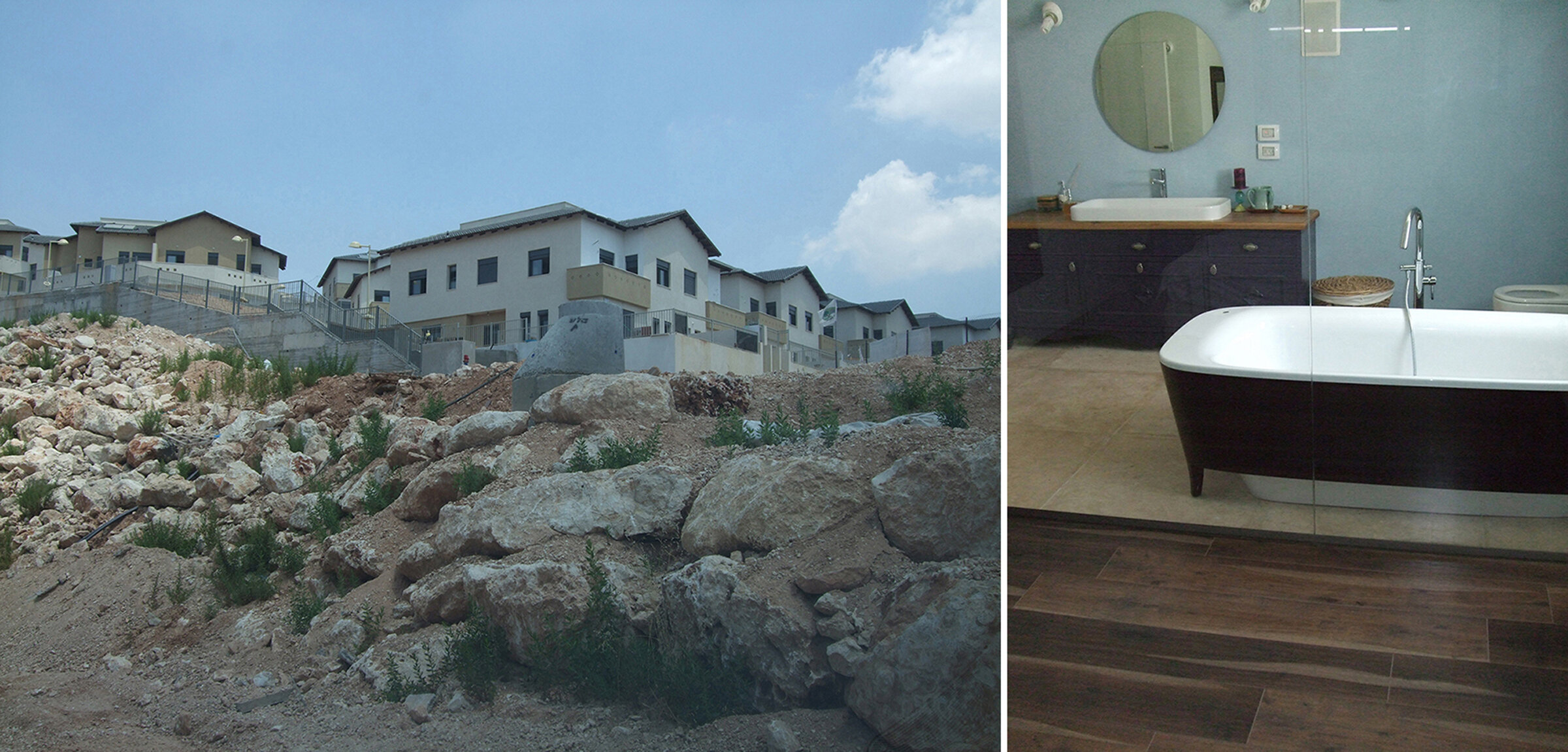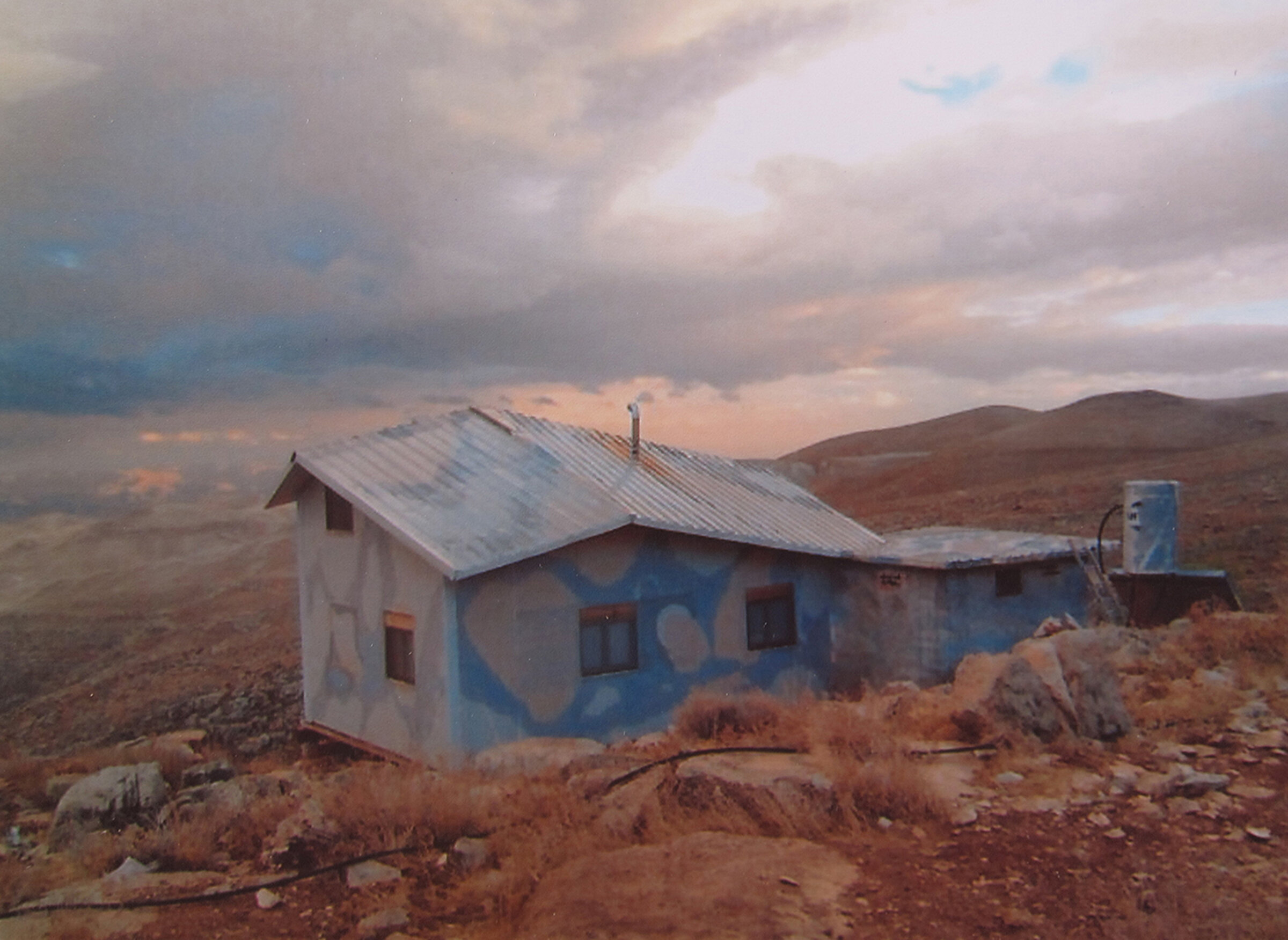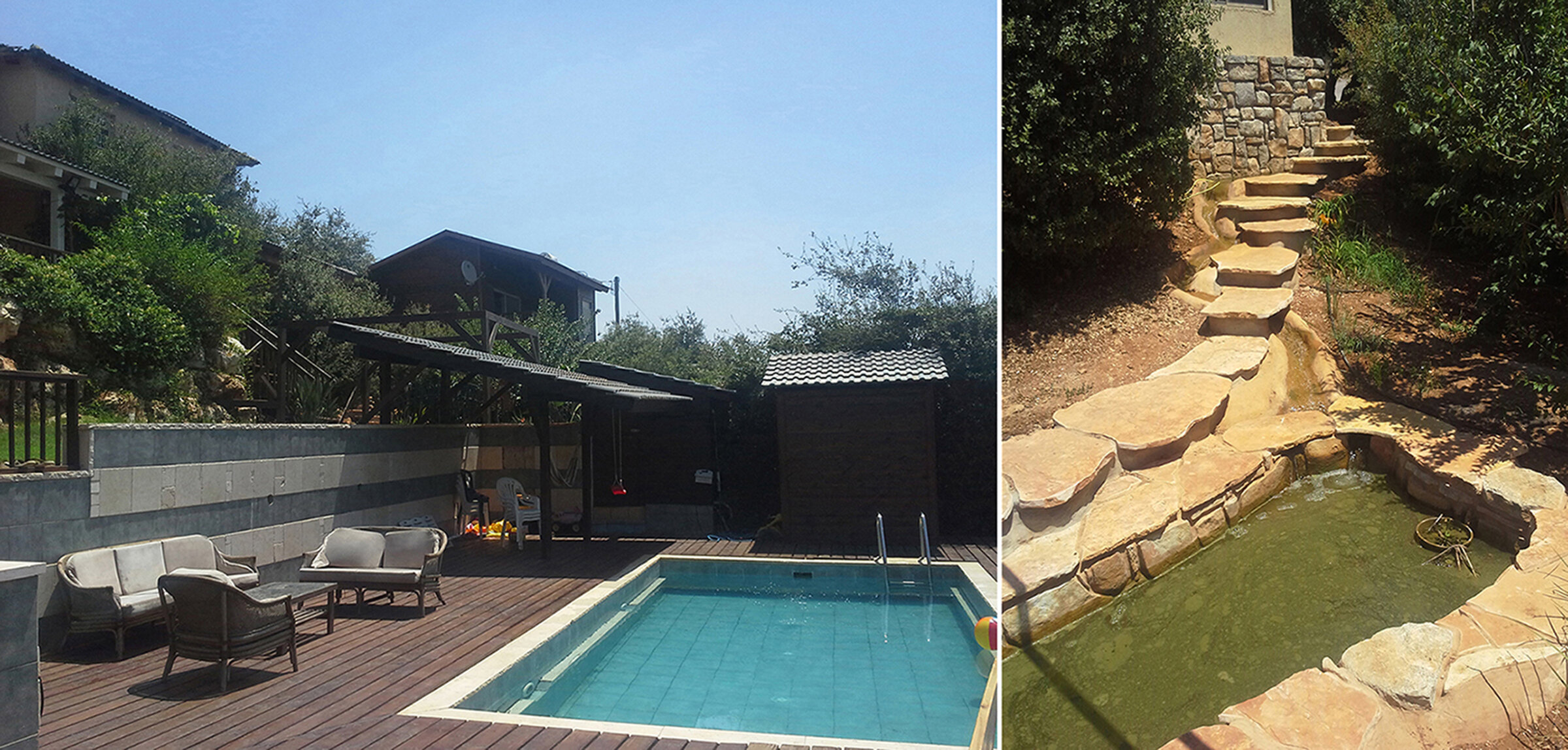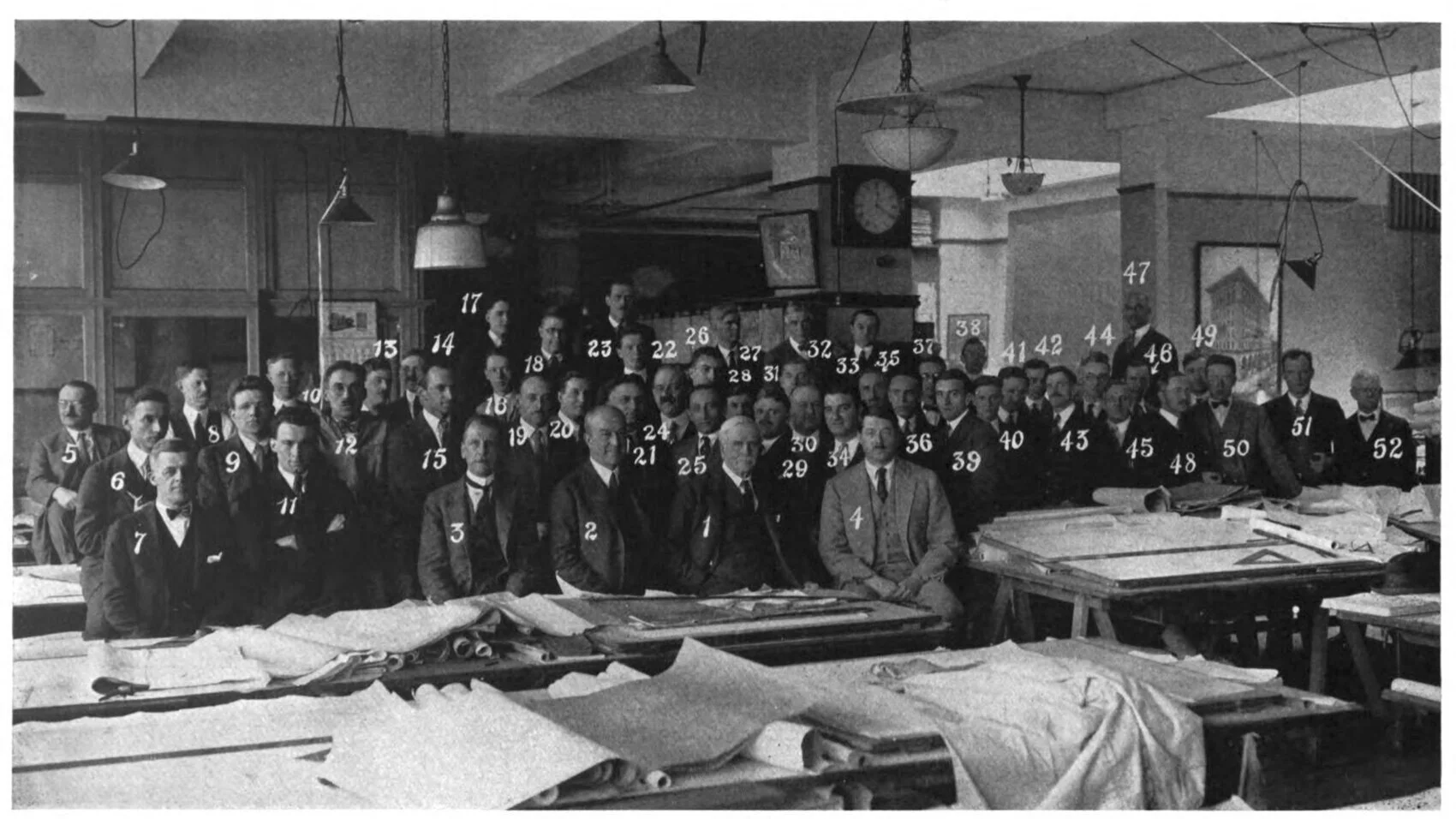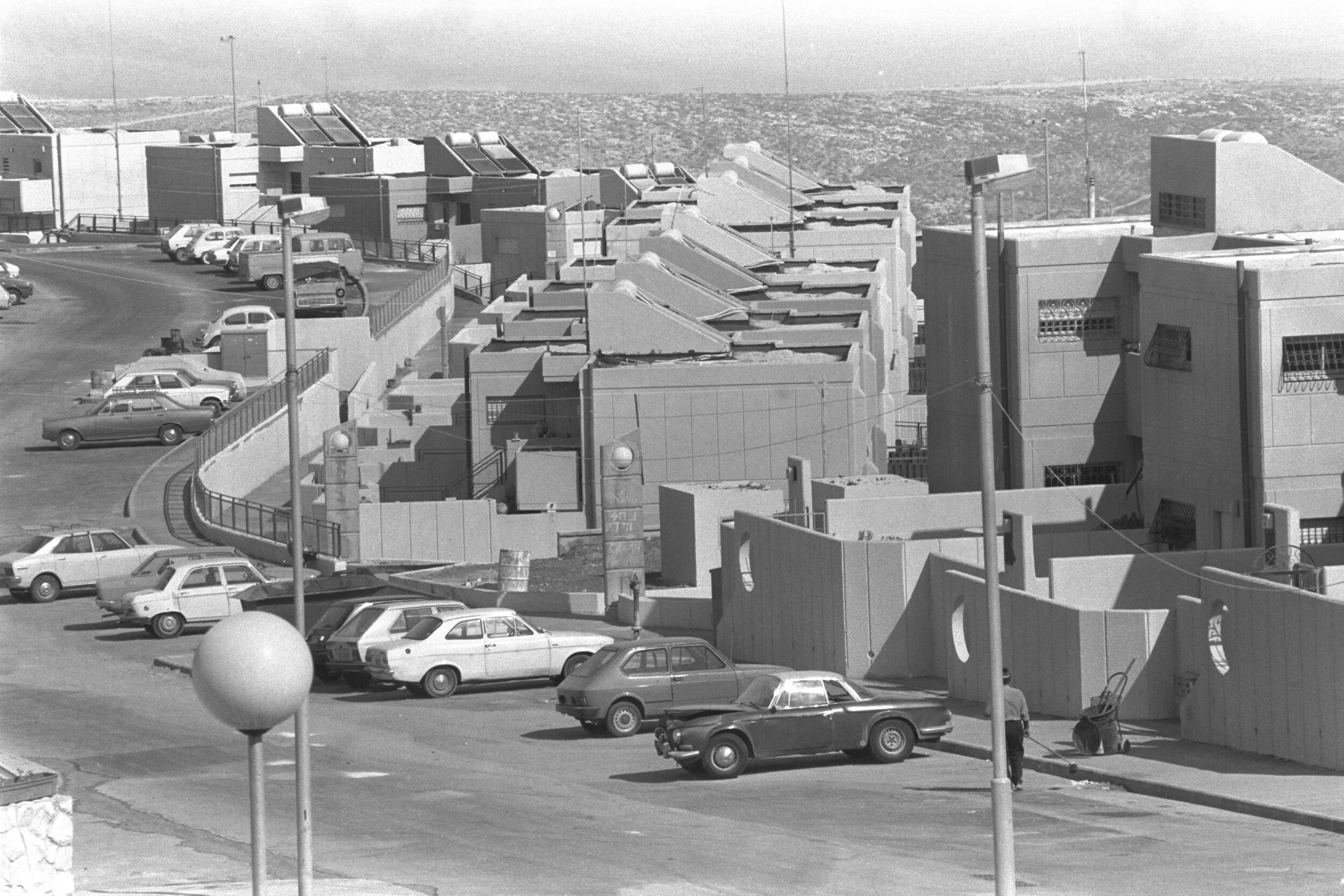Urban Forms in the Occupied West Bank
This article is the second in a two-part series. For part one, follow this link.
We rarely consider West Bank settlements in terms of architecture. In Western news reports, we hear a lot about the sociopolitical dimensions of the Israeli occupation of the West Bank and much less about the built forms through which it is refracted. We don’t even have an adequate vocabulary for discussing its distinctive spatial characteristics. The common terms “settlement” and “outpost” evoke a rural, frontier mythology that may have held true in the late 1960s and 1970s, when religious Zionist ideologues began building villages on land Israel captured during the Six-Day War. But today there are some 450,000 Israelis living in more than two hundred Jewish communities in the occupied West Bank (not including East Jerusalem, which Israel captured together with the remaining parts of the West Bank but annexed almost immediately after the war). That’s almost half a million Israelis living next to—and against the opposition of—some 2.7 million Palestinians in an area a little larger than Delaware. “Settlement” hardly seems an adequate frame.
These communities have a reputation for being monotypic in form—adopting the model of an American suburb. But when I began visiting the West Bank, in 2013, for research, I found a striking diversity in their shape, size, program, legal status, and cultural and political orientation. Some settlements encompass only a handful of mobile homes, while others have populations of 20,000 to 80,000 and enjoy public amenities such as educational centers, museums, shopping malls, and industrial zones. While many settlers are religiously or ideologically motivated, others are simply seeking affordable land or other economic opportunities. Some settlements close their gates to outsiders and maintain an air of exclusivity; others aggressively market themselves with tourist attractions such as hotels and gift shops.
Within Israel proper, the built environment is regulated by laws and social contract, and land uses are zoned as they are in most developed nations. But in the areas of the West Bank that are under Israeli control, urban and architectural types sometimes collide. You might find mobile homes, luxurious villas, an archaeological site, and a college campus, all within one gated settlement. The loose enforcement of building regulations, the sense of urgency among some Israeli settlers, and the opposition of the Palestinians—whose lands were taken to erect settlements, and whose national aspirations are undermined by the presence of settlements—have created an environment where change and uncertainty prevail. In this gallery, I attempt to understand a few of the many urban forms that have emerged under these conditions.







